



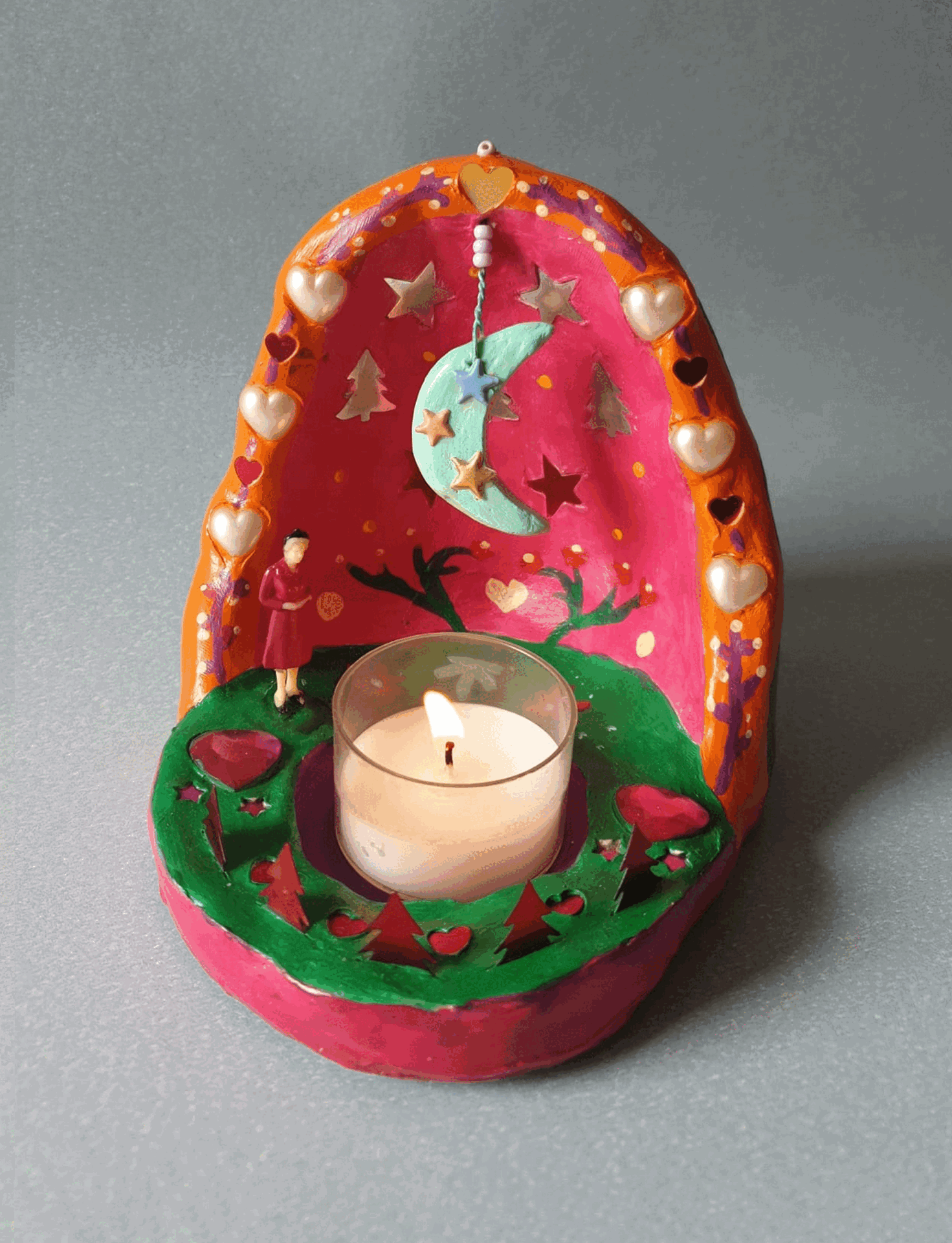
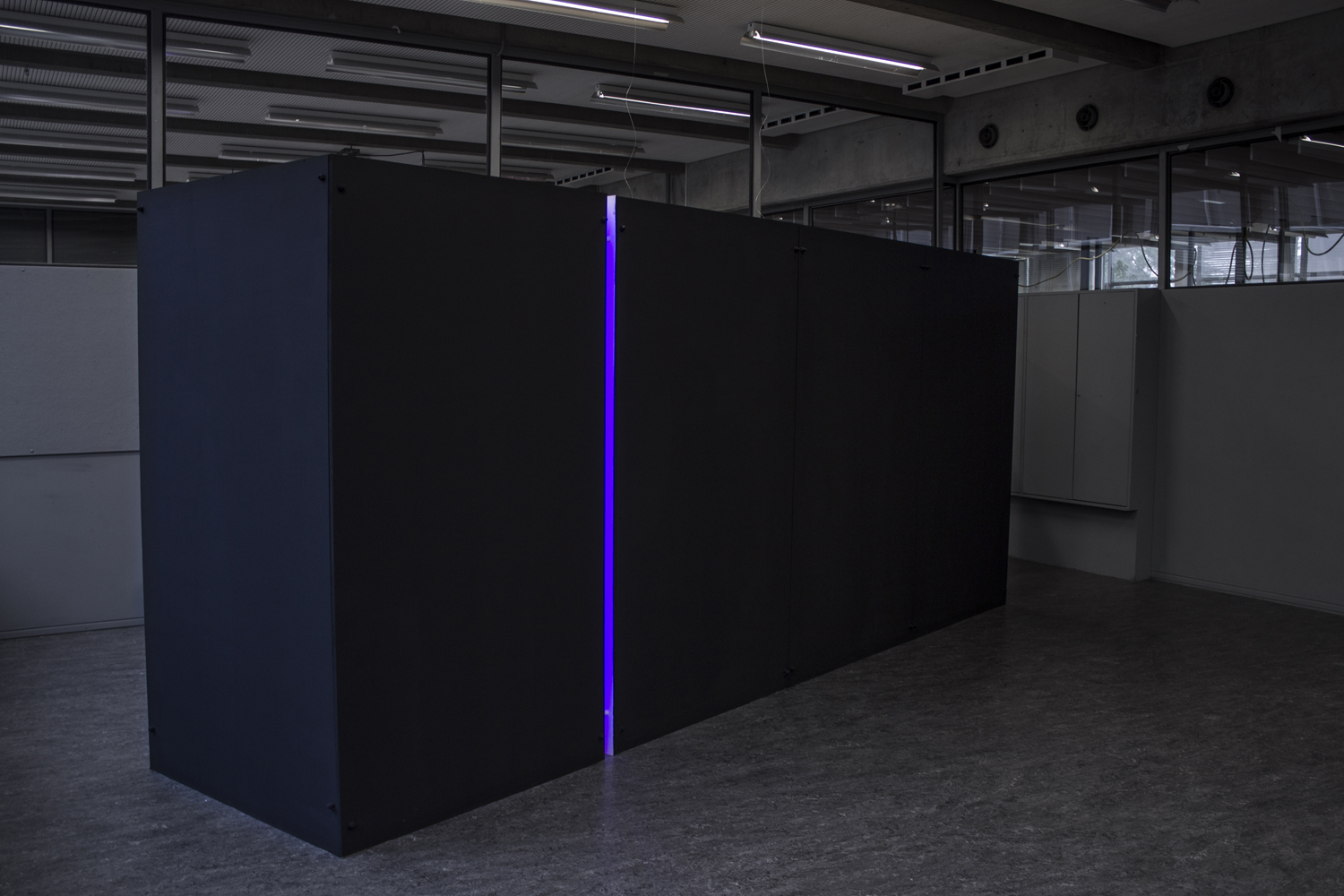
Based on an interest in the mysterious gap between a picture -or image- and that which is perceived through light, this project was led by a philosophical fascination around mediums such as film or photography (or in a more elementary manner; light). The project shows a frank mentality around the consequences of these; the paradox of what is seen and that which is not seen, with the more overall question regarding all this;
"what is image?"
From there I started thinking, "what are the consequences of image?; what is image?" Is it light that falls onto an object which reflects what you see, is it light what you see, or is it an object?
In a way, light is the manifestation of an object *
and an object is the manifestation of light. **
* Without an object light would not be tangible, the object touches and catches the light; it makes the light visible, for otherwise the light would pass through a space without ever touching upon an object or surface in order to be seen.
** Without light the object would not be seen. The green of the leaves on a tree have another definition the whole day through. The definition of the green of the leaves on any other moment of the day is different each time. The definition or existence of such an object is thus something which is ever-changing depending on light, space or reflection. Is this image?
A photograph is a passed moment in time the moment it has been caught via film or a sensor. It is a nostalgic act.
(Object / surface > light falls onto the object > the reflected light falls into the lens > the light falls onto a film or sensor > the moment has been determined.) The moment has passed.
My fascination though was about the moment before this recording of an image. This object actually exists in real time, 1 to 1. The light in the spatial context falls into a small dark box, (camera) because of the darkness of the box, an image can exist. The light is literally contained within its dark walls. If I would have an enormous box, the size of a building, with a lens, inside that box would be an enormous amount of light and image, up till the point where the box ends, here the image would end as well. This image making could continue forever.
This principle is actually the principle of camera obscura, a real-time translation of a spatial context. Where a photo - because the image is intercepted by a film or sensor - has become a passed moment, the camera obscura shows a 1 to 1, real time image of this context.

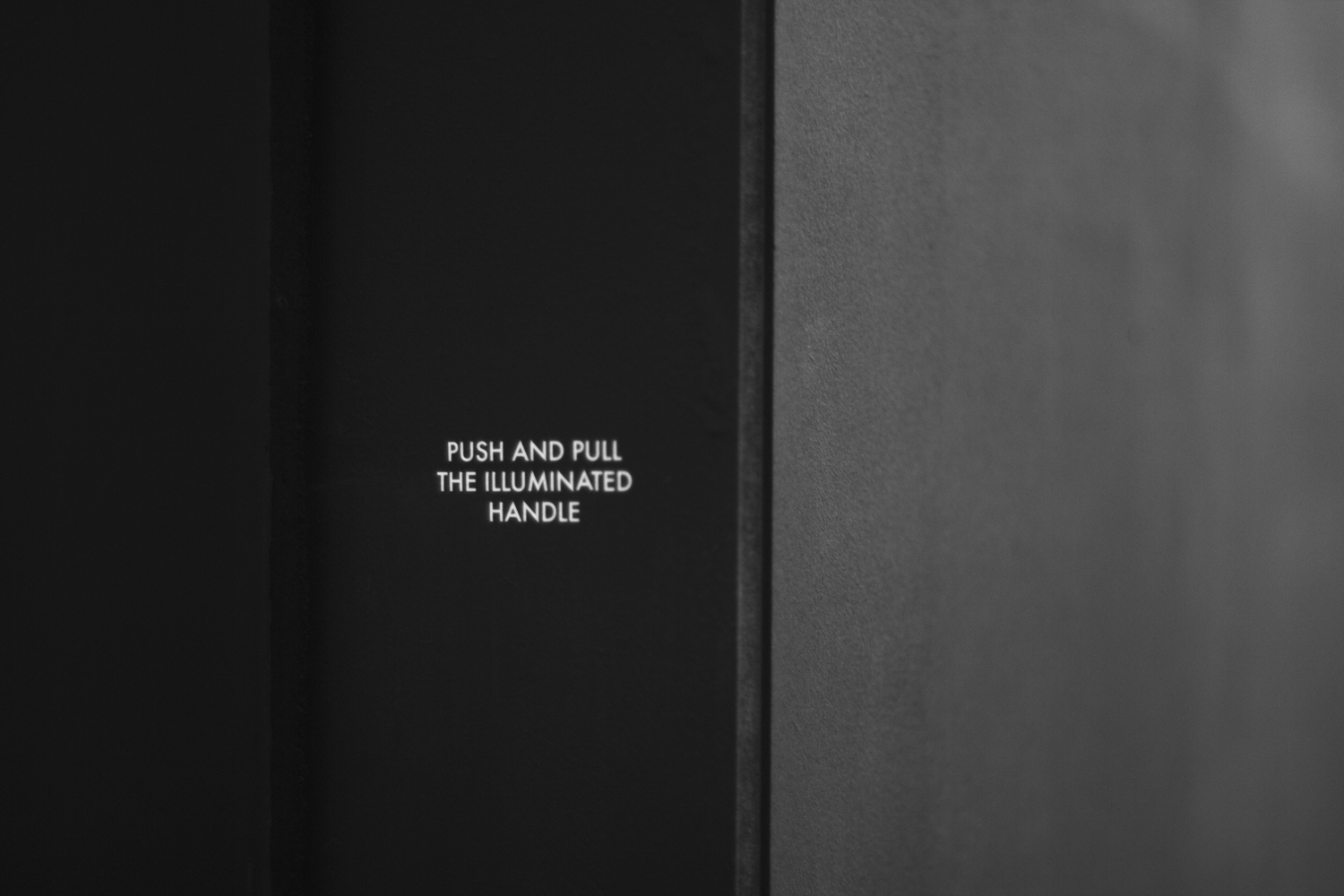

Because of the translation of the 3D objects (in the light space) into a 2D representation (the projection onto the screen in the dark space) there was an interesting play of back-and-forth between 2D and 3D.
A feature of the camera obscura which I also played with was the focus. When you make an image through camera obscura, there is generated a lot of depth of field. Because of this, you can see an object in a space super crisp, and only a centimeter behind it it's already unsharp.
Because of this depth of field in combination with moving the screen on which the content of the light room was projected, you would get a kind of cross section of the objects in the light space; a sort of slides, through which you could discover the objects in the light space, by moving within the dark space by pushing the screen back and forth. (See sketch)
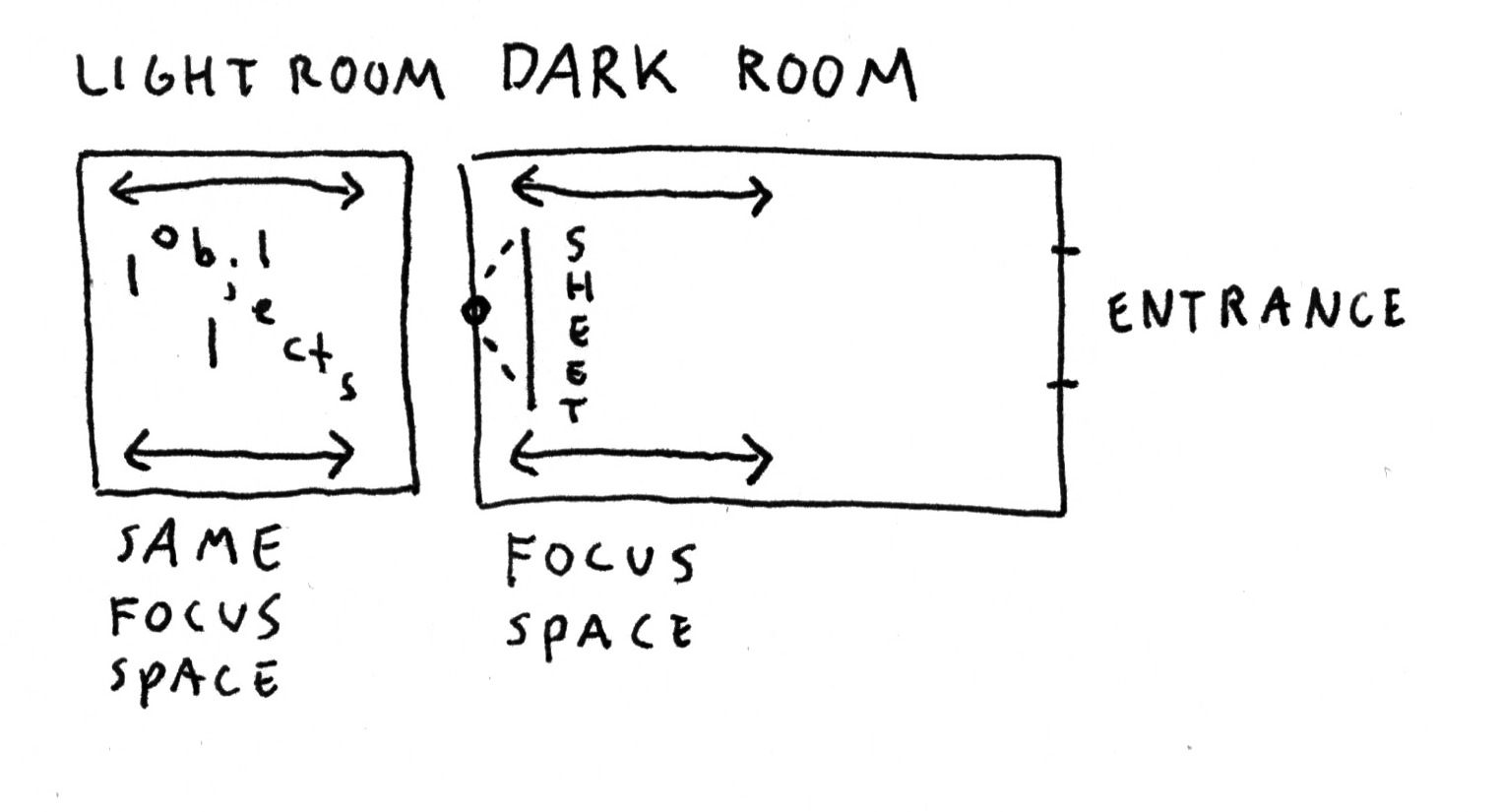
This means, that when an object was placed in the back of the light space, you would have to move with the screen towards the back of the dark space in order to discover it. Because of the focus you really had to make this journey before discovering the object. Because of this there is a really strange experience of spatial context via a screen that is moving itself in a spatial context as well.
The objects that I placed in the light space were white themselves or had a neon colour and were all flat. The objects were white because I was interested in the aura of an object - how the light falls onto an object and how the object is then defined in a spatial context, and how its presence creates an aura - the reflection of the light divides itself in space, against the walls, against the ground etcetera. This creates a subtle variety and overlap of different shadows, colours, textures and different definitions of each white object. White therefore has another definition of 'white' through all the different sorts of light that interact in the space.
The neon paper I used because this almost radiates light in itself. It also worked really interesting with the backside of the paper, which was white, where the white of the paper could reflect the light but did generate another image in combination with the neon. The paper which was folded I also used as a reference to the back and forth play between 2D and 3D.
The objects that I placed in the light space were white themselves or had a neon colour and were all flat. The objects were white because I was interested in the aura of an object - how the light falls onto an object and how the object is then defined in a spatial context, and how its presence creates an aura - the reflection of the light divides itself in space, against the walls, against the ground etcetera. This creates a subtle variety and overlap of different shadows, colours, textures and different definitions of each white object. White therefore has another definition of 'white' through all the different sorts of light that interact in the space.
The neon paper I used because this almost radiates light in itself. It also worked really interesting with the backside of the paper, which was white, where the white of the paper could reflect the light but did generate another image in combination with the neon. The paper which was folded I also used as a reference to the back and forth play between 2D and 3D.

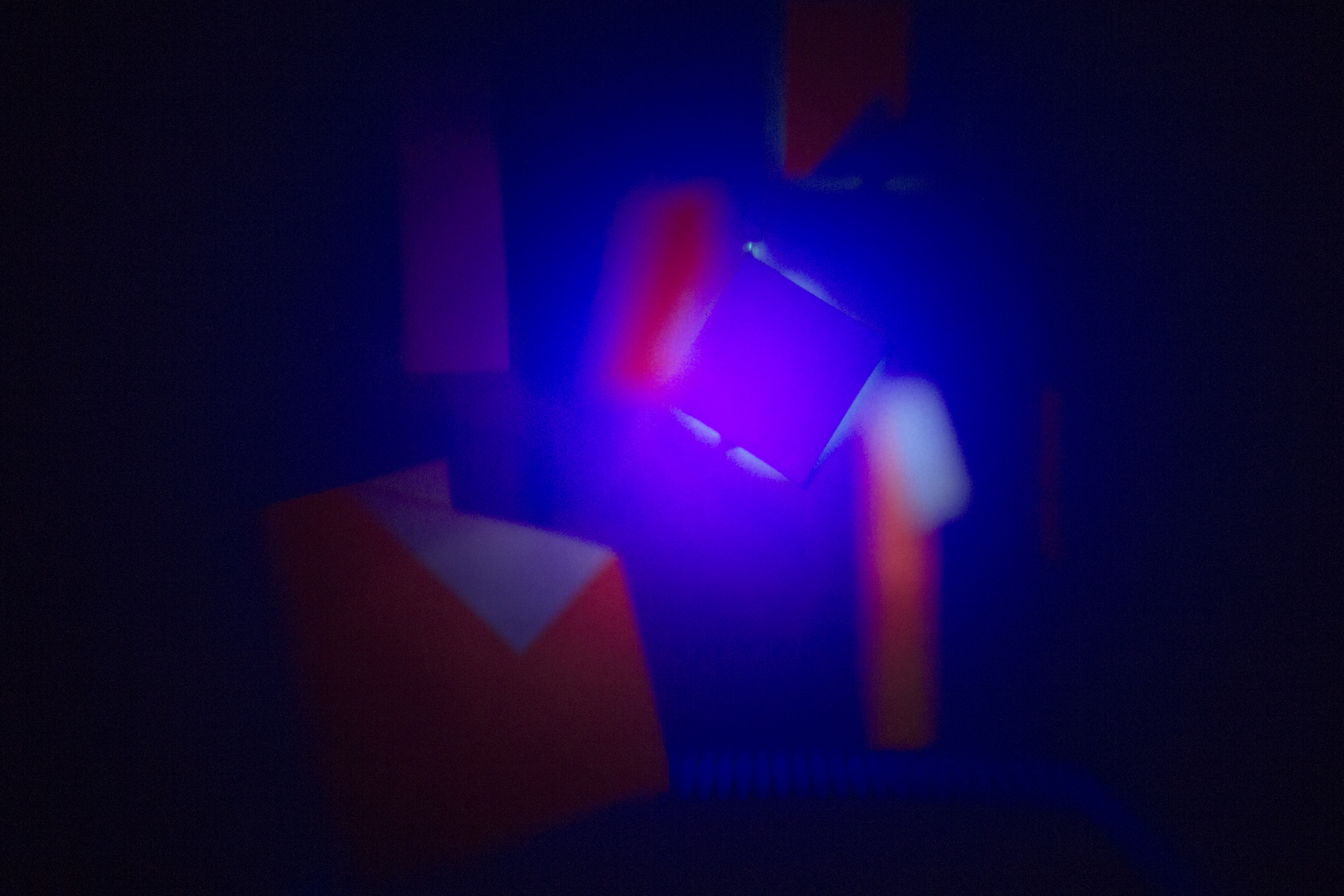
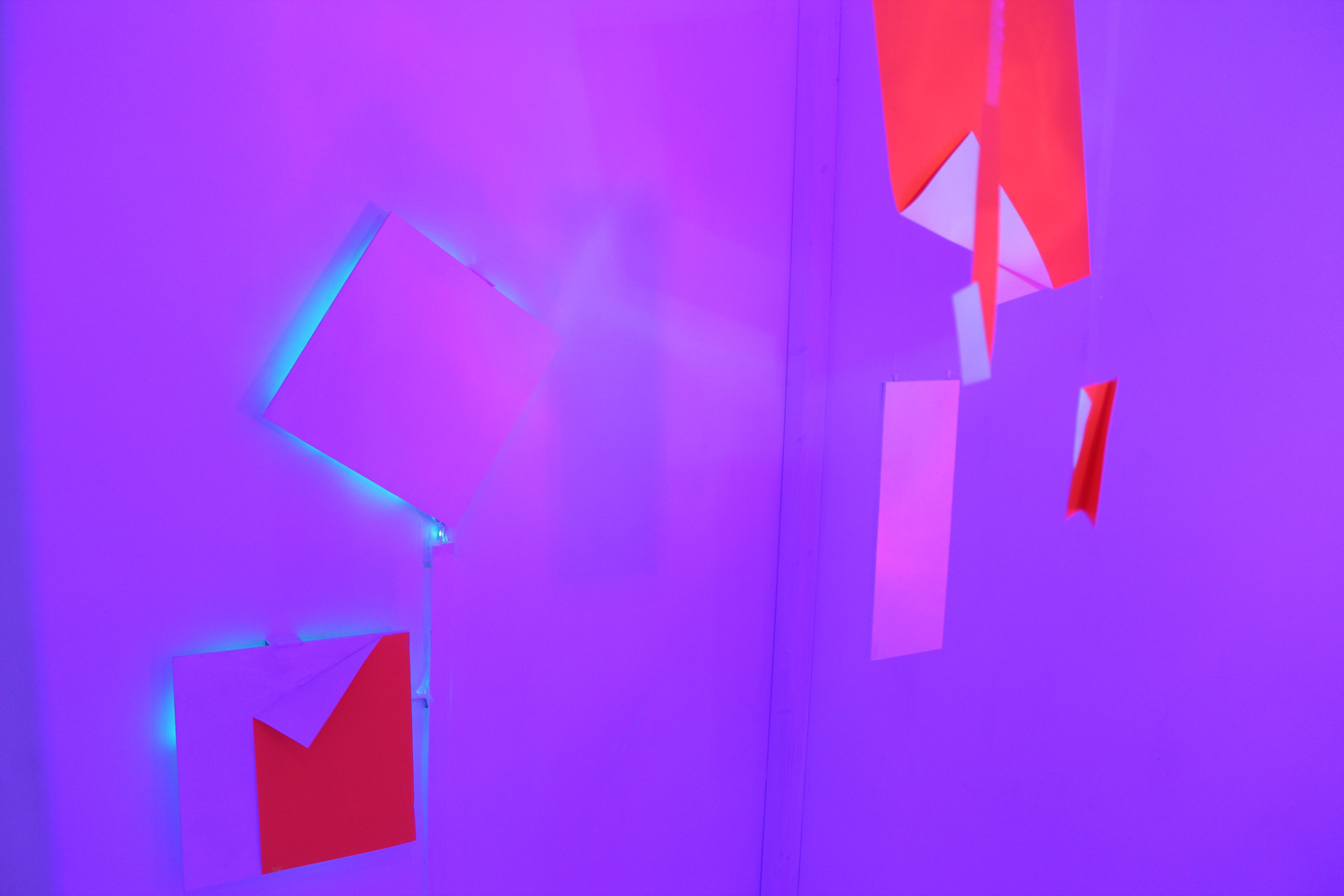
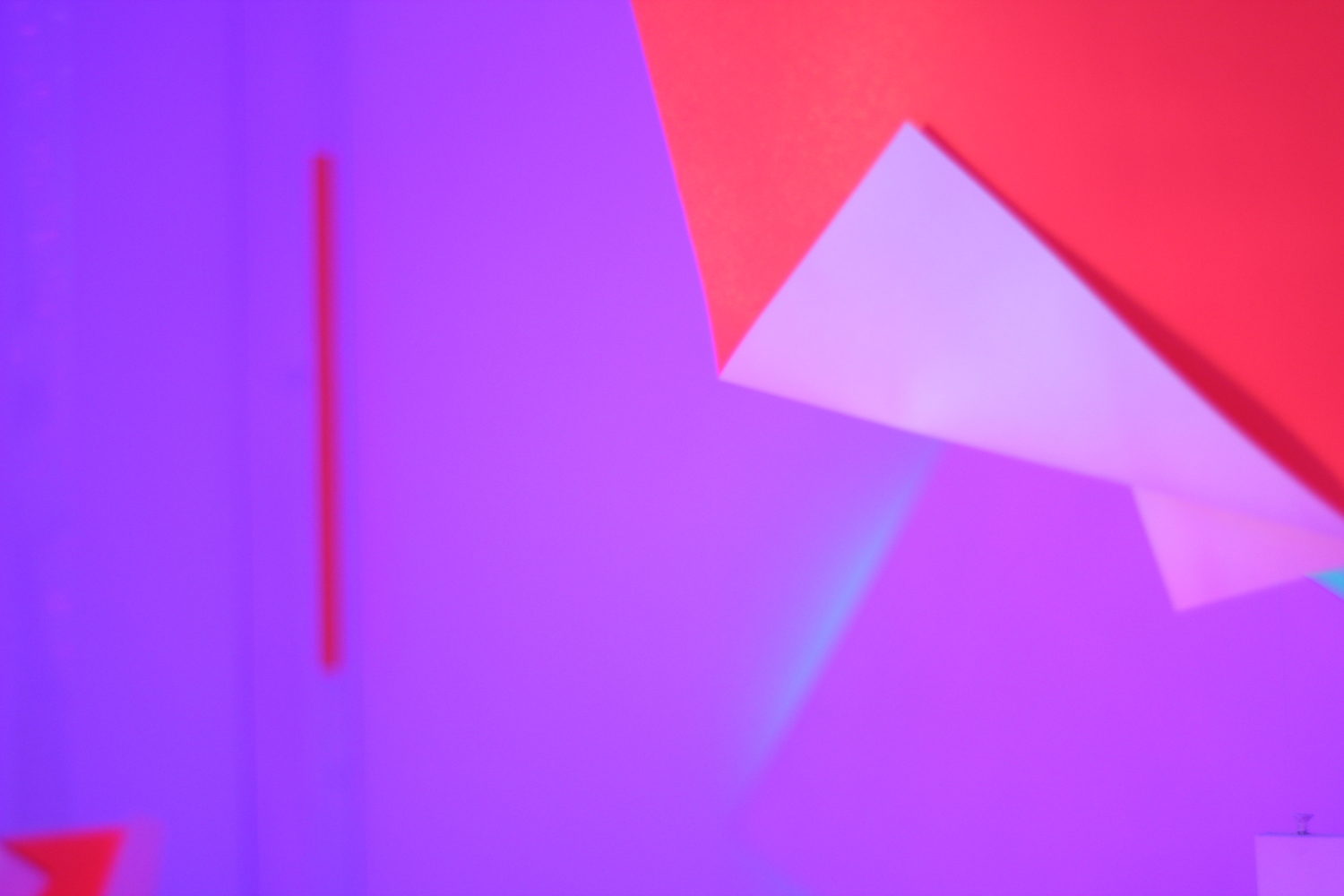
Another feature of the camera obscura is that the generated image is upside down. Because of all these objects, the image created was rather abstract, which made up or down unrecognizable and therefore more likely for it to make the viewer believe the image was generated as a projection or film, even though it was a real-time image.